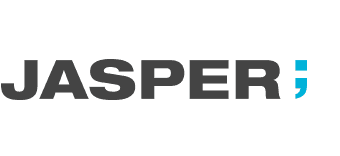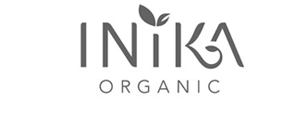Sell More, Work Smarter with Jasper PIM Software Solution
Every online store needs the finest product information management software, or PIM, to thrive and grow. We’re the only PIM software provider you’ll ever need to scale your eCommerce business. Access countless markets with Jasper PIM. Improve speed to market with efficient product mastering and merchandising. Stop tripping over spreadsheets and database imports and exports.
Learn More

















